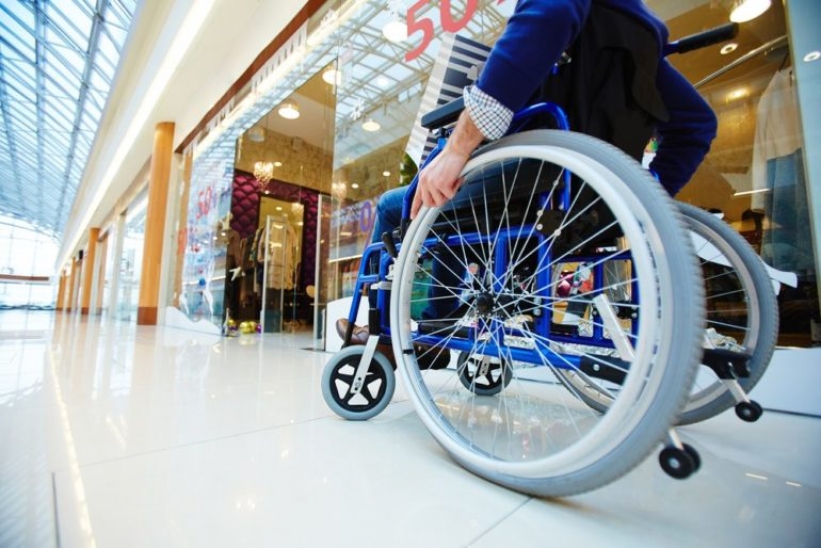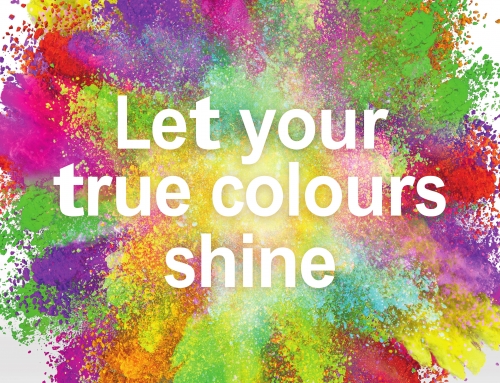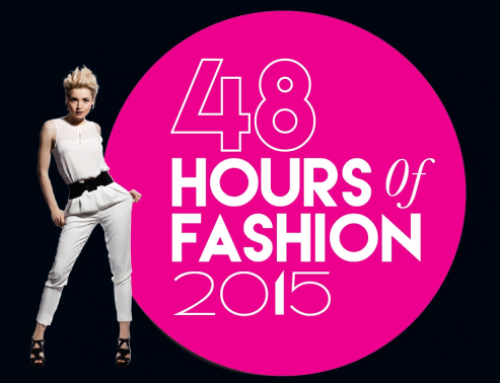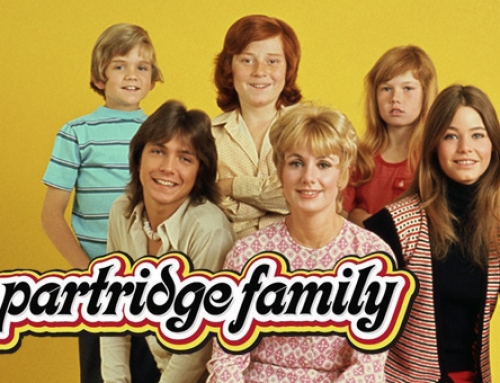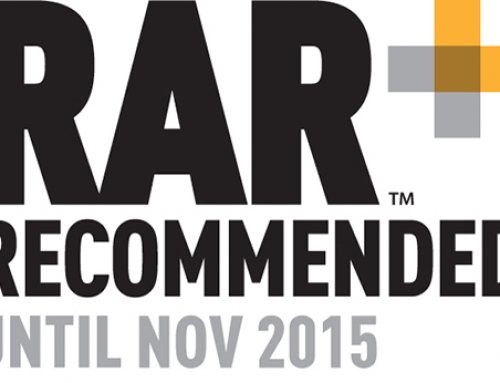Next month’s Purple Tuesday will put the spotlight on accessible shopping.
There are 13.9 million disabled people within the UK, who along with their families have a collective spending power of £249 billion per year. Yet, three quarters of disabled people have left a shop or business because of poor disability awareness or understanding according to research from KPMG and Purple.
The day itself, and importantly the legacy it creates, will see participating retailers promote and implement changes that create more accessible shop environments.
Although what does ‘accessibility’ actually include, who does it affect and are we doing enough to improve it?
Accessibility as a 360 degree approach
Accessible shops can feature wide aisles, hearing loops, lowered cash desks and non-obstructed passageways. These are perhaps what we think of when we hear the term ‘accessible’.
One of the commonly overlooked areas is retail staff training. A recent study by DisabledGo which visited 1,295 fashion retailers found that only 38% gave staff disability awareness training.
Well trained staff confident in assisting and accommodating disabled customers are essential in creating great shopping experiences.
Purple Tuesday also targets the improvement of accessible e-commerce. Estimates from Purple and KPMG equate the revenue lost from online shoppers who have abandoned purchases due to inaccessible websites at £11.75 billion.
Retailer websites offer a great platform for operators to communicate their accessible credentials. However, the Trailblazer High Street Report found 70% of young disabled people feel retailers offer inadequate accessibility information on their websites.
Not all disabilities are visible
80% of disabled people within the UK have a hidden impairment. Awareness that not all disability is visible stands to be improved through charity and retailer partnerships.
Llyod’s Banking have partnered with Alzheimer’s UK to introduce measures which make banking easier for customers managing dementia. These include quiet branch areas, longer appointment slots and statements with simplified text.
The National Autistic Society’s ‘Autism Hour’ saw 10,000 UK shops and businesses create more Autism friendly store environments. Lighting was dimmed, noise minimised, with information on Autism shared with staff and customers.
Within Maynineteen and PinPointer, we’re starting to see the education of retailers on Autism evolving. Events which incorporate sensory experiences that provide a more relaxing shopping environment for children with Autism are now in greater demand.
These can bring together relaxing lighting, textures and calming audio that create a haven away from the shopping buzz.
The momentum in creating retail spaces that are accessible for all is building. However, significant work needs to be done to break down the barriers disabled customers are still facing when considering a shopping trip.
A continued collaborative approach between businesses, charities and importantly the end customer can help transform UK retail accessibility and create an inclusive retail environment for all.
